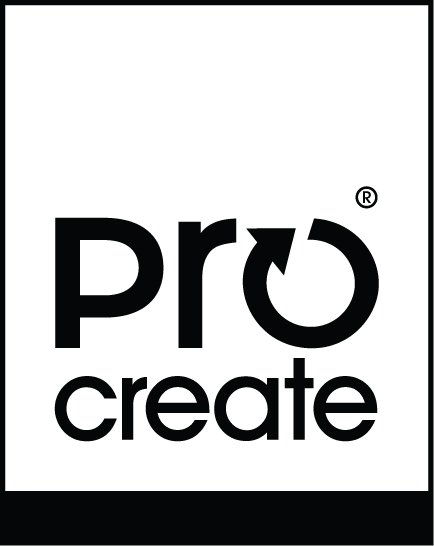Industrial design focuses on the interfaces between a product and its users - these may be physical or visible - and how they affect the user's interaction with the product.
Industrial design is concerned with the product aesthetic and usability and addresses the market that the product is targeting through appropriate application of form and function.
The aim of industrial design is to ensure the product delivers the maximum benefit to its users - at a functional level as well as at aesthetic and subconscious levels.
Good industrial design will ensure that a product stands out from competitors, is a pleasure to use and aligns with a company's brand. It can add considerable value to that product, which is often realised in increased market share, greater profitability or lower cost-of-sale.
INNOVATION / IDEATION
Whatever term you use for it – innovation, ideation, visioneering – a source of great new product ideas is a critical foundation for building a successful new product development (NPD) culture in your organisation.
The Procreate team can help you establish an internal process for the creation and capture of new product ideas, and in establishing robust criteria for assessing which new product ideas should qualify for further investigation and R&D investment.
This ensures you capture and explore every great idea as and when they occur. It means that your entire team understands the information you need to capture to make a considered assessment and that it will seamlessly dovetail into the development process.
Usability Design / Ergonomics
User interface design and ergonomics is concerned with ensuring that a product is simple, easy, natural, and safe to use. It addresses all aspects of the product's design including its weight, size and feel and how the product will interact with the human body.
Rigorous study of human beings in environments of interest provides the designer with an understanding of what issues the user may currently face and/or what issues have been or can be resolved through the product design process. Techniques such as using anthropometric data (human sizes) and ethnographic research (interview and observation with prototypes) help us to achieve this.
Today many products are differentiated through the development of the user interface and ergonomics alone; the simplicity of a new MP3 player or the innovation of a new chair designed to reduce the likelihood of RSI are good examples.
Procreate strongly believes that elegant, user-focused design is a major factor in delivering a product’s competitive advantage, particularly in today’s increasingly cluttered market. We are experienced in developing user interfaces for a broad range of applications and we consistently apply the best international practice in ergonomics, usability and user-interface design in all that we do.
Aesthetic Application
Differentiate your products and strengthen your brand
"Between two products equal in price, function and quality, the one with the most attractive exterior will win" Raymond Lowey
Procreate ensures the visual elements of a product are treated in a sophisticated and balanced way. Through a considered application of aesthetics, value can be added to a product without increasing its cost. This is a very effective way of differentiating a product in the market and has a direct impact on the market’s perception of your product and its price point.
The significance of a strong brand is becoming more important in current saturated markets. By mapping out the core characteristics (visual elements, qualities or experience) of a company’s brand and applying these throughout their products, we are ensuring that the product and the brand are essentially integrated. This can facilitate brand recognition for a company, not just through a two-dimensional logo, but through the three-dimensional elements of a product.
PHOTOREALISTIC PRODUCT RENDERING & ANIMATION
Selling your product before it’s manufactured
Many of our clients need to have some kind of product collateral prior to the product going into production. Sometimes it is simply to validate the look and feel of the design with various stakeholders, but more often than not it is to make a presentation to potential investors, distributors, resellers or customers.
At Procreate we can create photorealistic images and animations of the product we have created in our 3D software. This simulates the materials to be used and the colours and creates realistic lighting environments that deliver a persuasive representation of the final product. Convincing two-dimensional renderings can also be achieved using advanced software at the earliest stage of product development.
